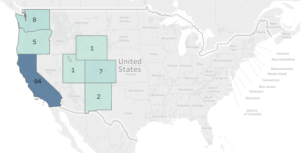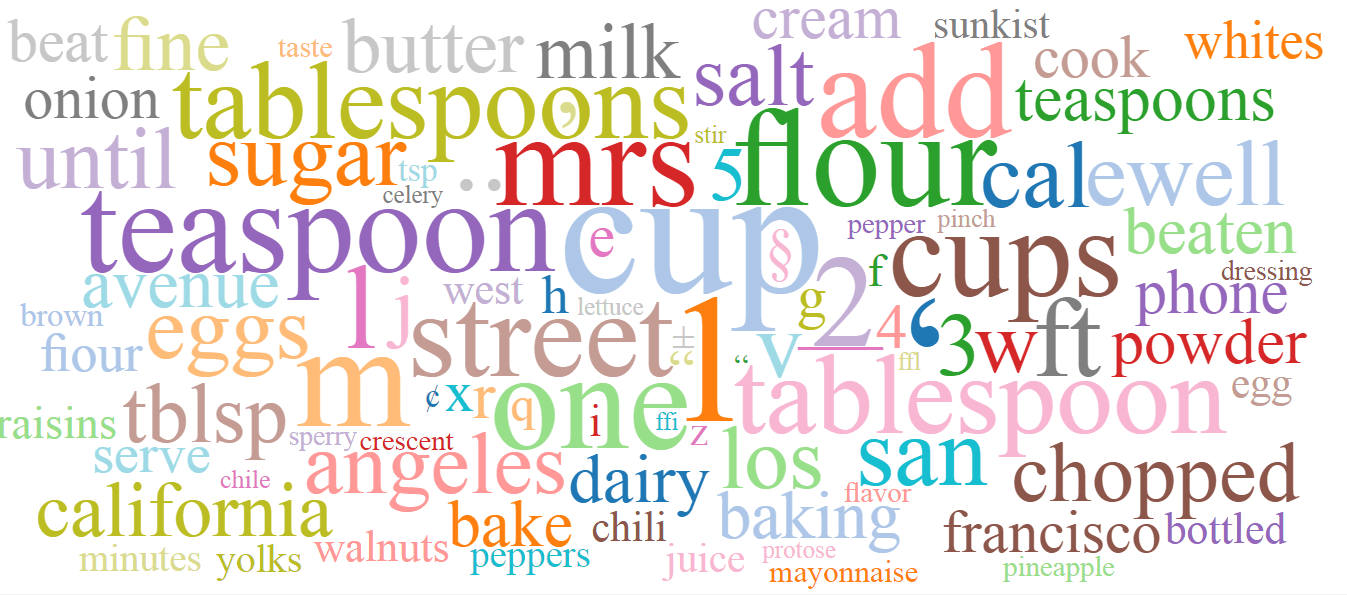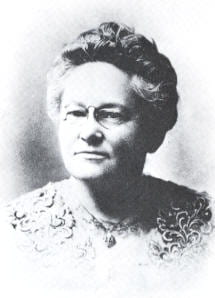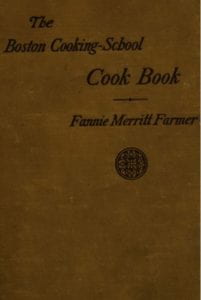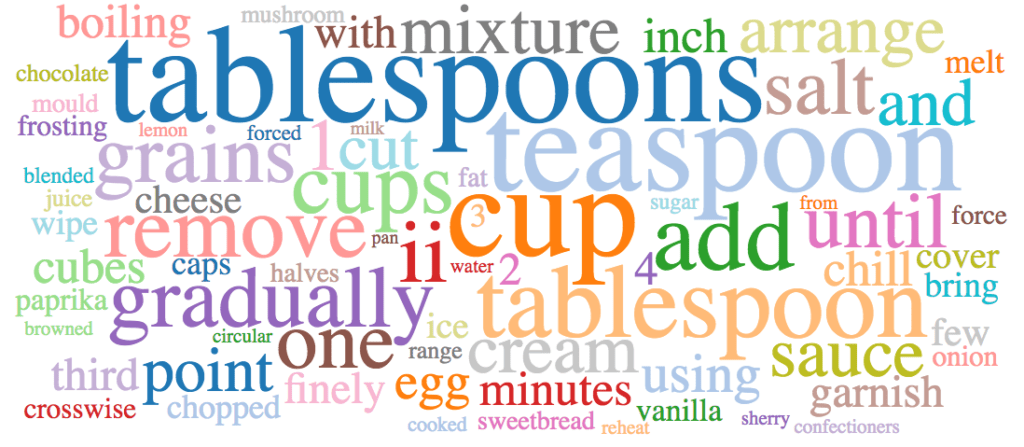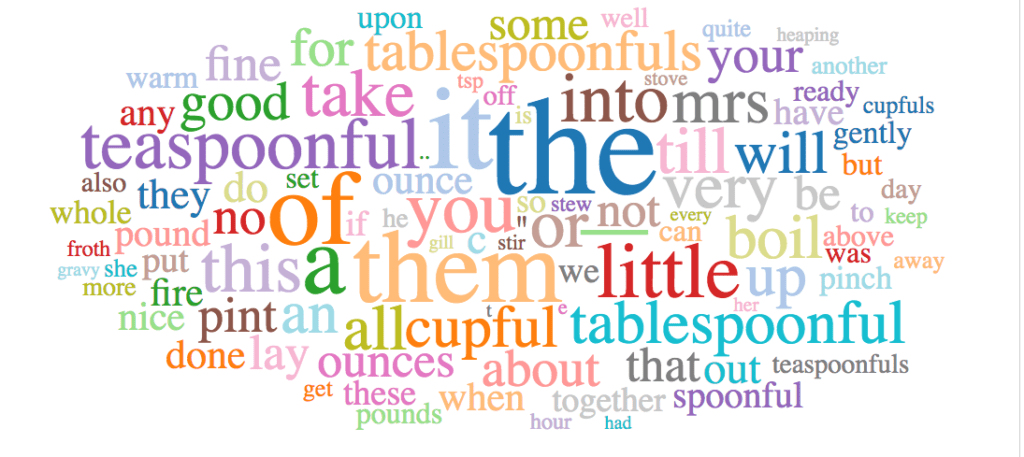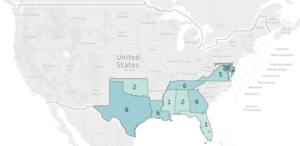
The Virginia Housewife by Mary Randolph (1824) is one of the first cookbooks to be published in the United States which was not an American edition of an English book. It is considered by some to be the first truly American cookbook and by all to be the first regional American cookbook (Feeding America). The book influenced generations of Southern cooks and it is still in print today.
Cookbooks published in the Southeast comprise only 6% of the Early American Cookbooks collection, but text analysis of this small number still shows a clear distinction when compared to the full set. The over-represented terms show a number of distinctly southern terms such as Creole or Atlanta as well as ingredients associated with the south such as okra and pecans. Citrus crops in Florida are represented by grapefruit and Sealdsweet, the brand name of a citrus company.
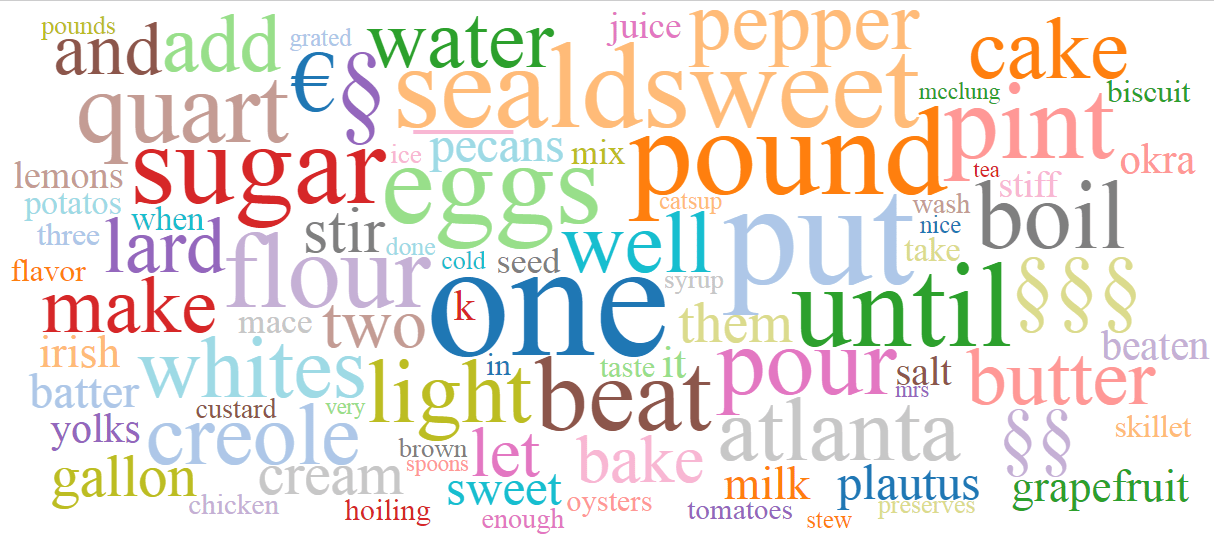
This visualization was created by comparing two sets of texts, cookbooks published in the South and the full Early American Cookbooks collection, using the Meandre Dunning Log-likelihood to Tagcloud algorithm in the HathiTrust Research Center Portal.












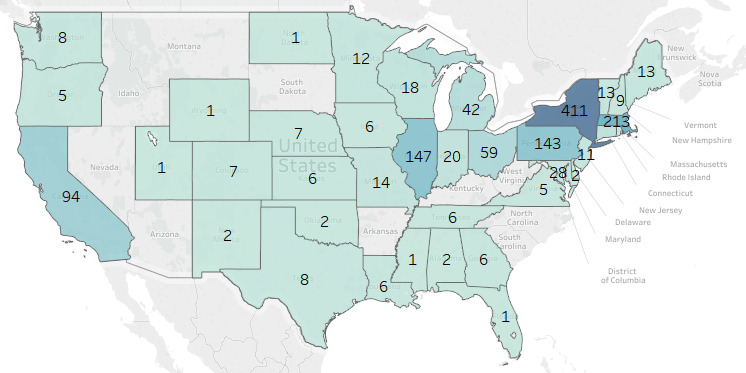
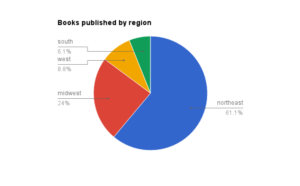


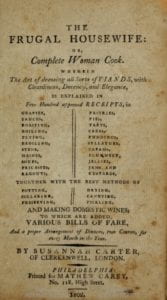 Frugality has a long history in America.
Frugality has a long history in America. 